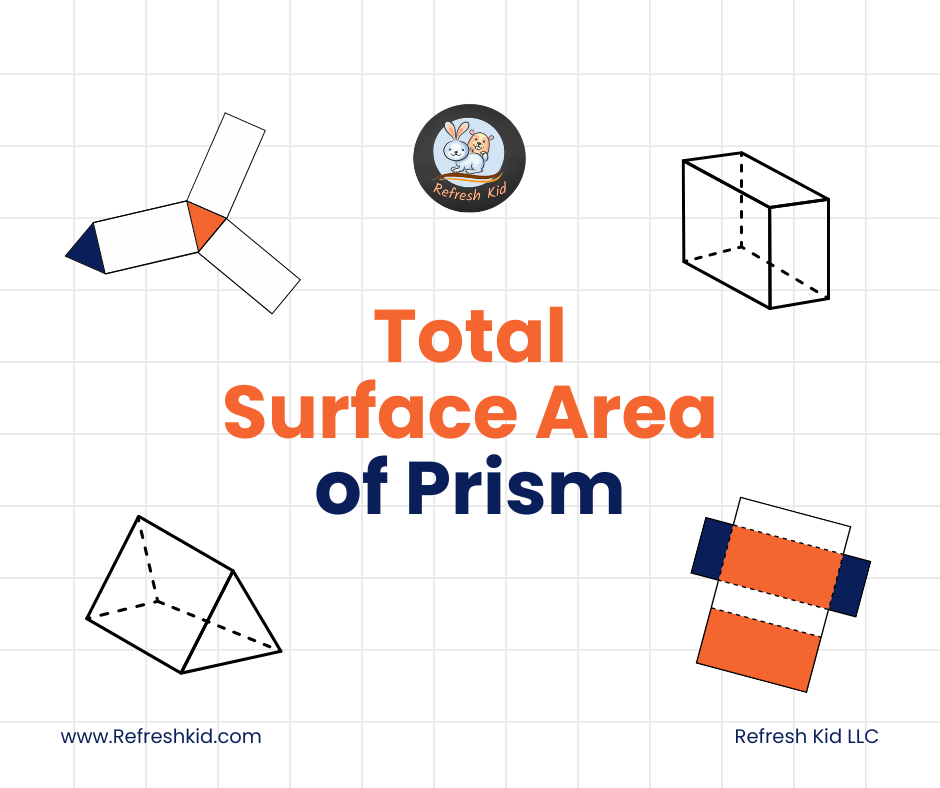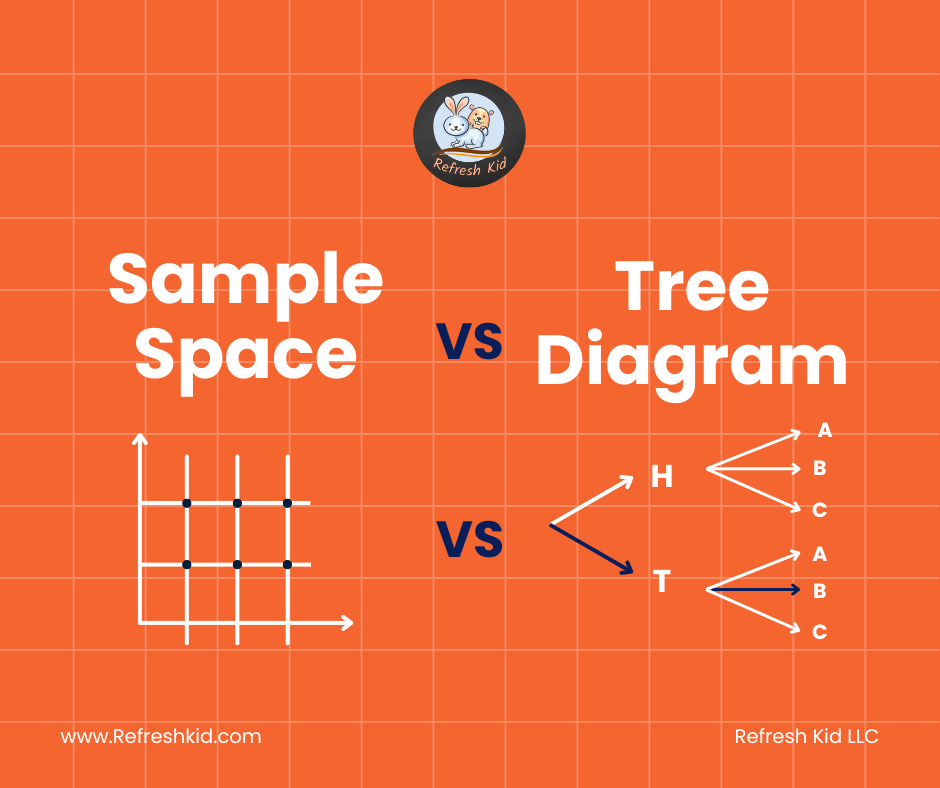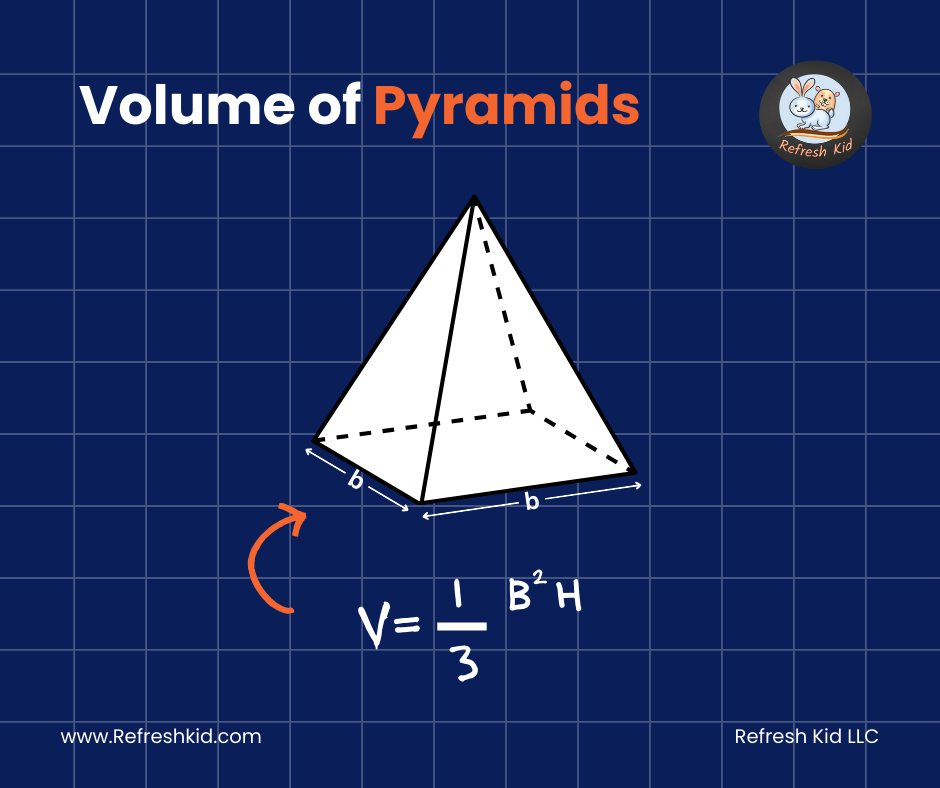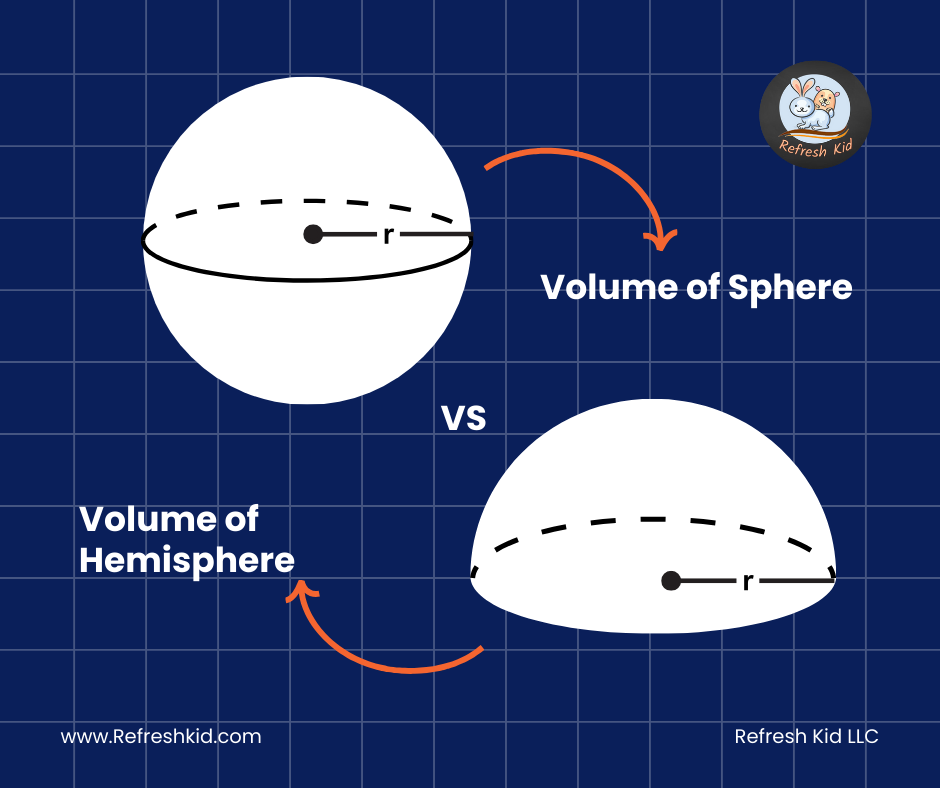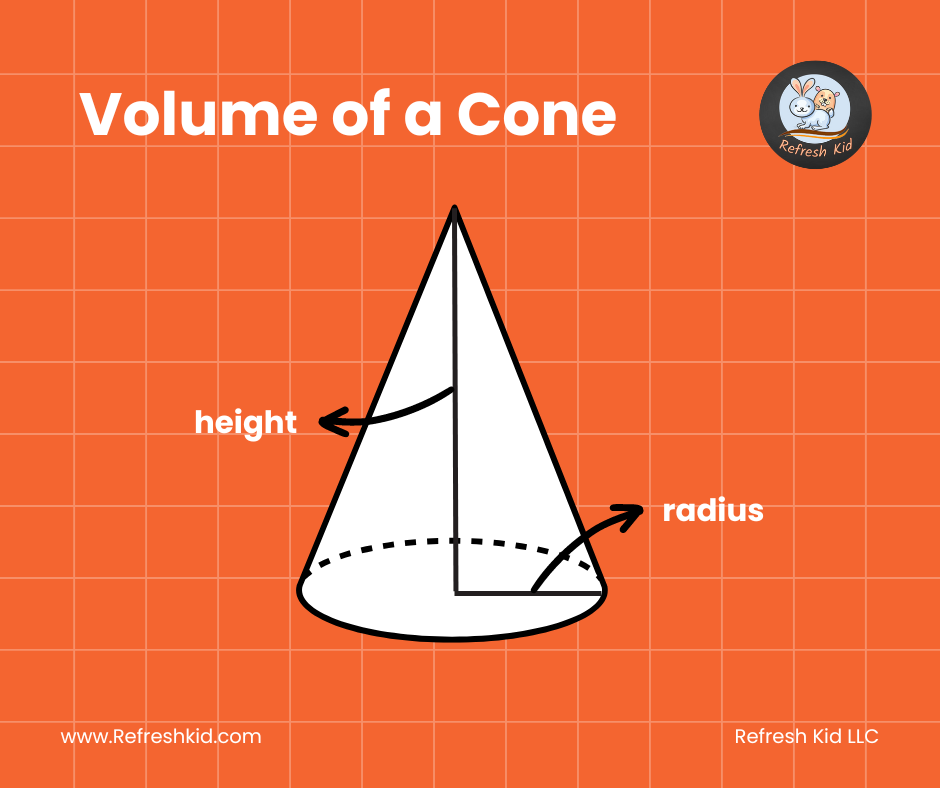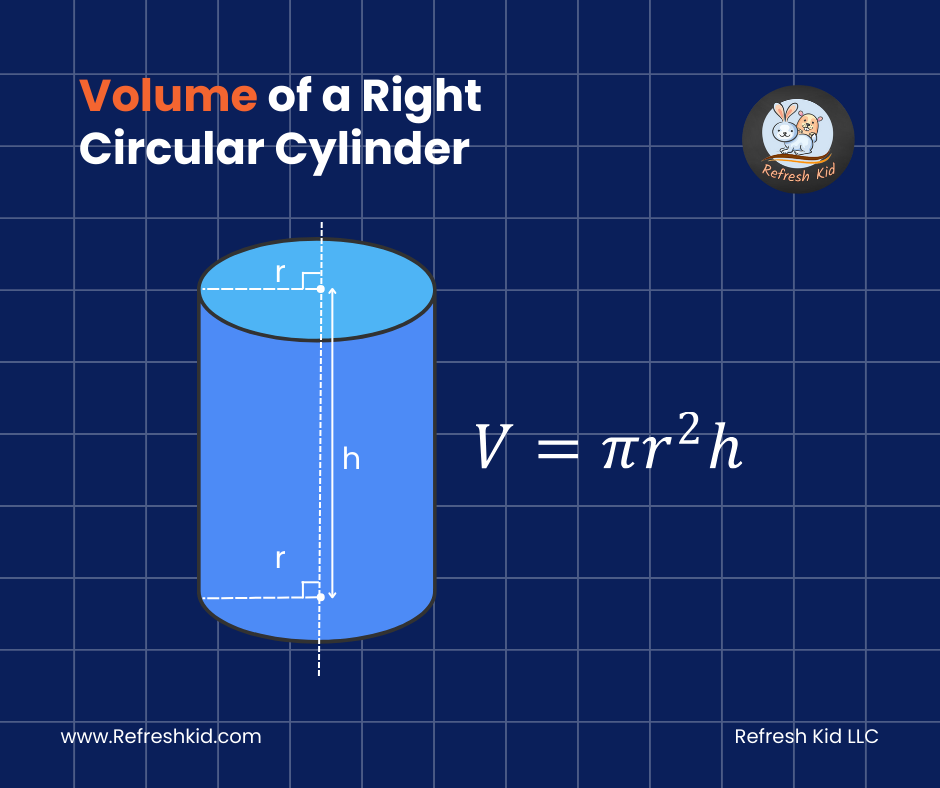Mastering the Calculation of Surface Area of Prisms: Lateral and Total Surface Area Explained:
Prisms are a fundamental part of geometry, crucial in both academic learning and practical applications across engineering, architecture, and design. Understanding how to calculate the surface area of prisms—including both lateral and total surface areas—is essential for anyone involved in these fields. This blog post provides a comprehensive guide to mastering these calculations, complete with step-by-step examples to enhance your geometric skills and knowledge.
What is a Prism?
A prism is a polyhedron comprising two parallel, congruent faces called bases, and other faces that are parallelograms (usually rectangles) called lateral faces. Prisms are named based on the shape of their bases; for instance, a prism with triangular bases is a triangular prism, while one with rectangular bases is called a rectangular prism.
Lateral Surface Area of Prisms:
The lateral surface area (LSA) of a prism is the sum of the areas of all the lateral faces. In simpler terms, it is the total area covered by the sides of the prism, excluding the base and top.
Formula for Lateral Surface Area:
Example Calculation of Lateral Surface Area:
Consider a rectangular prism with a length of 5 cm, width of 3 cm, and height of 10 cm. The perimeter of the base (which is a rectangle) is calculated as follows:
Thus, the Lateral Surface Area is:
Total Surface Area of Prisms:
The total surface area (TSA) of a prism is the sum of its lateral surface area plus the area of its two bases.
Formula for Total Surface Area:
Example Calculation of Total Surface Area:
Using the same rectangular prism as above:
- Area of the base (rectangle) = Length × Width = 5 cm × 3 cm = 15 cm²
- Thus, the Total Surface Area is:
Real Life Applications:
Calculating the surface area of prisms is not just a mathematical exercise; it has practical implications. Architects and builders use these calculations to determine the amount of materials needed for construction projects. Engineers use them to design objects with the correct proportions and surface properties. In education, understanding how to calculate surface areas strengthens problem-solving skills and supports learning in STEM (Science, Technology, Engineering, and Mathematics) fields.
Conclusion:
Whether you're a student, an educator, or a professional in a field that involves geometry, mastering the calculation of the surface area of prisms is invaluable. The ability to compute both lateral and total surface areas is a key skill that supports a variety of academic and career activities.
Embrace the world of geometry with confidence, knowing that these calculations can open doors to enhanced understanding and innovative applications in your field of interest. By continuing to explore and apply these geometric principles, you can build a solid foundation for success in numerous endeavors.


